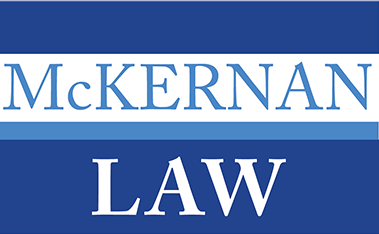What Nonprofit Employers Need to Know about Mental Health Parity
The government recently issued final rules on the Mental Health Parity and Addiction Equity Act (MHPAEA). The rules require most employers—including most nonprofits—to take action by January 1, 2025.
If the employer's plan does offer MH/SUD benefits, those benefits must be in parity with the plan's medical and surgical (Med/Surg) benefits. The new rules require plans to have a document – a "comparative analysis" – that assesses whether there is parity with respect to the plan's "nonquantitative treatment limitations" (NQTLs). For example, it would be problematic if a plan required pre-authorization for inpatient admissions for mental health or substance abuse treatment but not for other treatments, like back surgery.
MHPAEA applies only to plans that offer Med/Surg benefits and are not "excepted benefit" plans.
If an employer's major medical plan is fully insured, the insurance company is responsible for preparing the NQTL comparative analysis.
If an employer's major medical plan is self-funded, the employer is responsible for the NQTL comparative analysis.
Fiduciary Certification
At least one plan fiduciary must certify that he or she has engaged in a prudent process to select a qualified service provider to prepare the NQTL comparative analysis. The fiduciary must also certify that the fiduciary has engaged in a process to monitor the service provider's performance.
Time Frames
The final rules establish new—and very short—time frames for plans to respond to the government's request for an NQTL comparative analysis. A plan must provide the analysis to the government within 10 business days after such a request.
Key Takeaways
Employers with fully insured major medical plans should contact the insurance company to request a copy of the NQTL comparative analysis.
Employers with self-funded major medical plans who have not yet conducted or arranged for an NQTL comparative analysis should contact their benefits counsel as soon as possible.
Employers who have already obtained a NQTL comparative analysis should:
Contact the service provider who performed the analysis to discuss whether it satisfies the requirements under the final rules.
Review the analysis and engage in a discussion with the service provider to understand the findings and conclusions.
Ensure that at least one plan fiduciary certifies in writing that the fiduciary engaged in a prudent process to select the service provider and has monitored the service provider's performance.
This document is designed for general information only. The information presented in this document should not be construed to be formal legal or tax advice nor the formation of a lawyer/client relationship.
For more information on this and other topics, please contact Kevin via any of the channels listed below:
📧 kevin@kmckernan.com | 📞 718-317-5007
